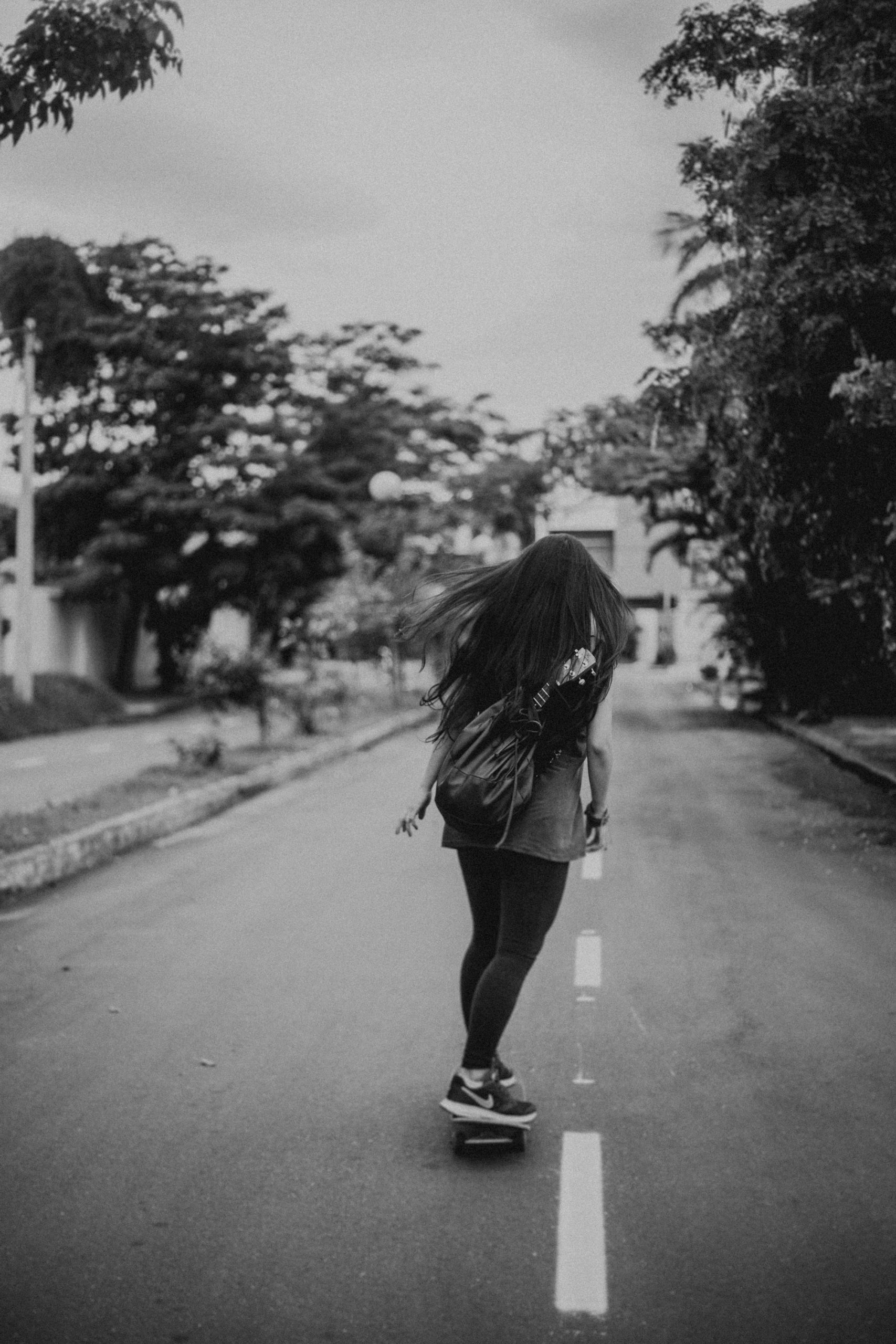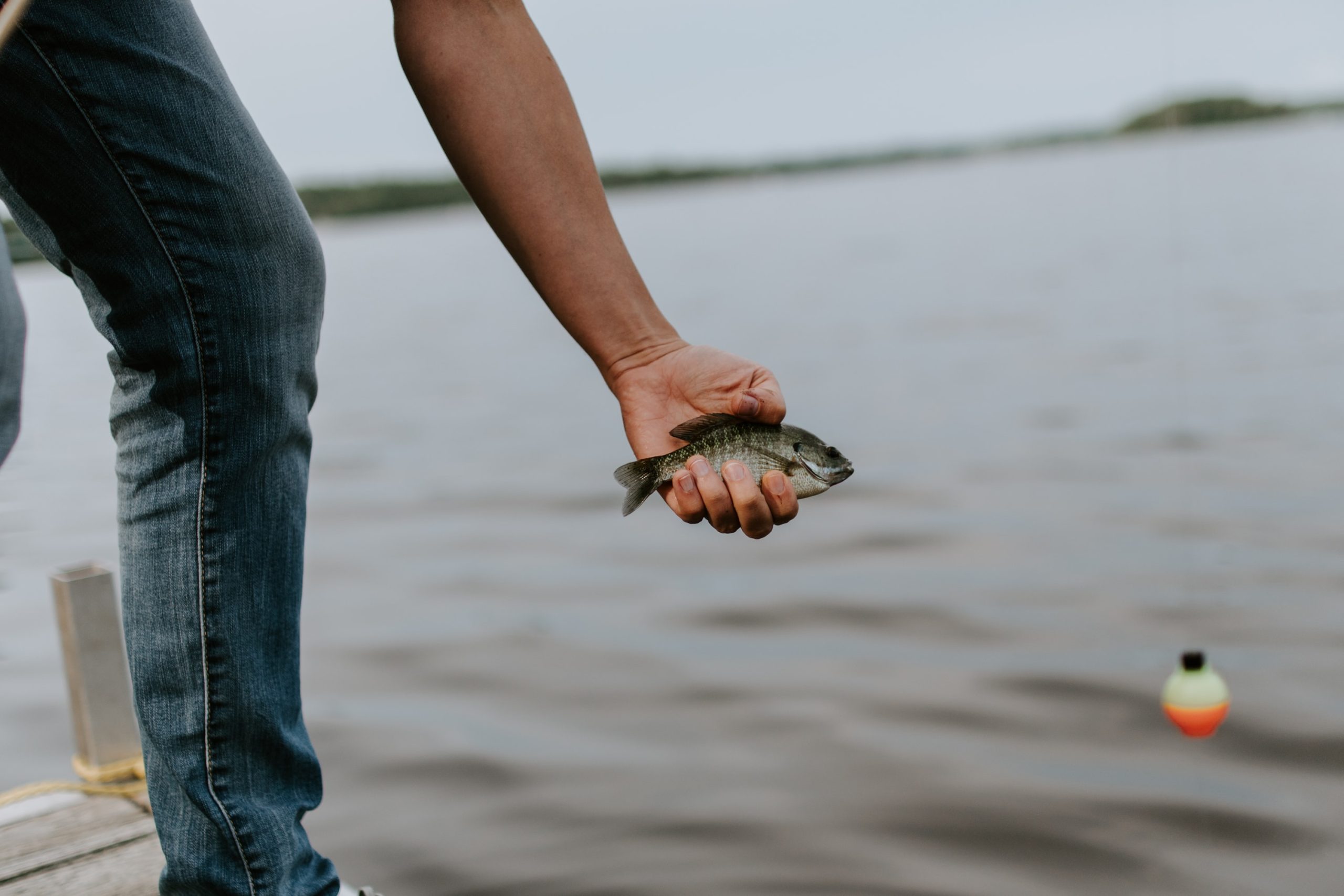For first-time anglers, fishing may seem difficult. You can fish with just a little gear and a fishing licence, as well as the information in this guide.
This guide focuses on the spinner method. It involves a rod and a spinning reel, lures or lives bait to catch fish. It’s a great way to start fishing with little investment. However, fly-fishing, saltwater and ice fishing are other options that might interest you.
How to get a license
Make sure you have the correct fishing license for your state before fishing. Licenses can be purchased online, at fishing shops, and sometimes in convenience stores. A day license costs less than $20, but it depends on where you live and your state. Non-residents will pay more for fishing licenses. Annual licenses offer more bang for the buck, usually $30 to $150. You might want to go back if nothing happens the first time.
Which Place Should You Visit?
Talking to someone about where to fish is always the best option. They will likely have the most up-to-date and complete information about the local water. A crowdsourced app such as Fishbrain or the more detailed FishAngler can provide useful information about local spots. A lake is a great place to start if you don’t have a dock or bank access. They also have more hungry fish than a river. Most lake fishing is for species such as bass, panfish and rainbow trout. Rivers are almost exclusively fished to catch salmon or trout species like cutthroat or brown trout.
Etiquette
It is important to start learning good fishing etiquette as soon as possible. Respect other anglers, the fish you catch, and the environment you are fishing. Do not crowd another angler’s fishing spot. I prefer to limit my distance to 50-60 feet in the most crowded waters and to give them more than 100 yards if they are alone. Keep less fish than you can eat and follow leave no trace. Make sure you know whether the water is catch-and-release, only allows artificial lures (no live bait), or if fly-fishing is allowed. This information is not always available on signs. For updates on closures and facts, check the website of your state’s forest department or local regulation book.
The Rod and Reel
A beginner’s spinning reel and rod combination is the best option. The keyword “Combo” means that the rod and reel are sold together. This usually makes them easier to set up. Below is a video that shows you the basics of a spinning reel. A local employee will be able to guide you to the best beginner rod for your needs.
Bait and lure
After a rod or reel, lures and bait are your next steps. After you have mastered the art of baiting, lures and lures are a good option. Bobbers are small floating balls that sink when they hit your lure. This is a sign you have a fish on. It is also useful to have a rubber net, which is much easier on fish skin than nylon or string nets. Also, needle-nose pliers help retrieve lures from inside fish’s mouths. A small tackle box is handy for storing all your lures and bait.
As with any outdoor pursuit, your fishing requirements will grow as you gain experience. You’ll want to upgrade your equipment after a few months. Waders and boots can also be added to your arsenal.


